Description
Adverse Experiences: A Structured Approach for More Effective Assessment, Treatment Planning and Interventions for Trauma Based on the ACEs Study – Daniel Mitchell
I once worked with a client who was diagnosed with panic disorder after experiencing a horrific car accident. Utilizing traditional talk therapy over the course of nine months, it became clear that her symptoms were not improving; in fact, they were getting worse.
She was no longer working, avoided driving or riding in cars, had gained weight, developed chronic pain and suffered from insomnia – all while in treatment where she was supposed to be getting better! I was at a loss as to where to go with therapy.
Then (at last!) there was a breakthrough! It didn’t happen by accident – I had discovered a new approach for assessment based on the Adverse Childhood Experiences (ACEs) study and implemented it with this client. Together we uncovered a long history of traumatic experiences that were the foundation of her symptoms – not only the car accident.
Based on this, we charted a very specific course of treatment and, within just 8 sessions, her symptoms had dramatically improved. She was back to work, driving with minimal distress, was panic-free, sleeping adequately and had begun exercising! Success!
Watch this highly experiential training to learn this strengths-based approach that is grounded in multiple empirically-based disciplines, including EMDR, CBT, MBSR and positive psychology.
Integrate this approach to more effectively treat:
- PTSD
- Depression
- Anxiety
- Phobias
- Substance abuse
- Eating disorders
- Somatization disorders
- Chronic pain
- General illness
- & many other clinical issues
You don’t want to miss out!
~Daniel Mitchell, Ph.D.
- Incorporate ACEs into your intake to allow for a more effective trauma associated with your clients.
- Determine how adverse experiences, including ACEs, impact human development and how traumatic material can create developmental gaps in emotional development in your clients.
- Incorporate the easy-to-use timeline method of assessment and treatment planning to better understand your clients’ history and how you can more effectively treat them.
- Model how to gather important information about your client that will help to build upon their positive traits and experiences; then help them link these experiences to core beliefs that are more adaptive for success in treatment.
- Integrate mindfulness skills, relational and communication skills, imagery, and grounding skills to help your clients reduce the intensity of the memory of their traumatic disturbance.
- Determine how to help your clients take the adaptive foundation they have uncovered and use that to transform how they cope with disturbing or adverse experiences.
- Integrate this assessment approach with several different therapy modalities to effectively help your clients in fewer sessions.
Get Adverse Experiences: A Structured Approach for More Effective Assessment, Treatment Planning and Interventions for Trauma Based on the ACEs Study of author Daniel Mitchell
The Impact of Adverse Experiences on Development
- Adverse Childhood Experiences (ACEs) study correlation with mental illness and chronic pain
- Traumatic material can create developmental gaps
- Adverse experiences and trauma
A Timeline Approach for Better Assessment
- Uncover adverse experiences not identified in standard assessment
- Adaptive Experiences – Strengths and positive moments
- Maladaptive Experiences – Adverse and traumatic material
- Distinguish and separate memories that have BOTH positive and negative aspects
Breaking Down Memories and Experiences To Help Clients Heal
- Distinguishing images, body sensations, emotions and thoughts
- Identify dominate core beliefs using my concept of “cognitive buckets”
- Reshape their core beliefs in more adaptive ways
Effective Coping Resources for Clients
- Easily track intensity of distress from moment to moment
- Quick, easy and effective coping strategies
- Tie in coping skills to behavioral rehearsal
Facilitate Breakthroughs with Challenging Cases
- Overcome cognitive barriers that might inadvertently keep patients “stuck in therapy”
- Work through secondary gain issues
- Help patients become ready for new therapies
Integrate this Approach with Other Treatment Modalities
- How to effectively incorporate with:
- CBT
- CPT
- EMDR
- Narrative Therapy
- Play Therapy
- Art Therapy
- Solution-Focused Therapy
- Person-Centered Therapy
- ACT
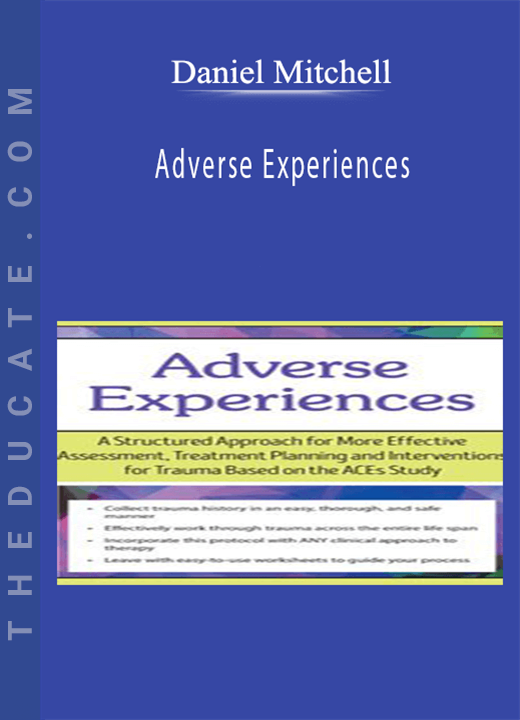


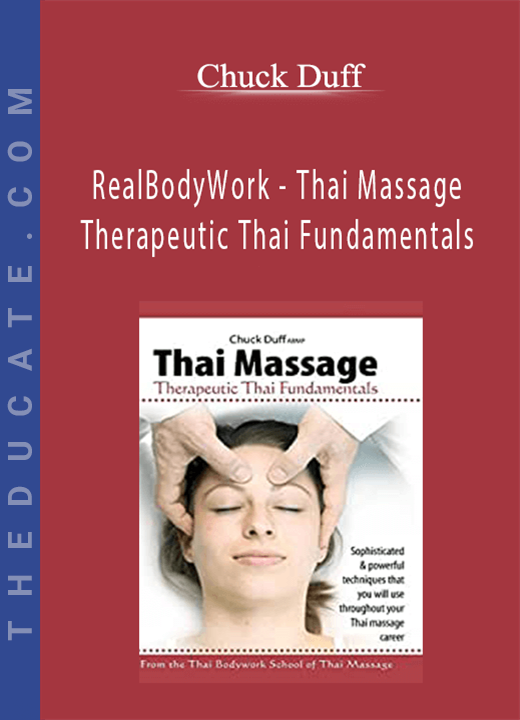
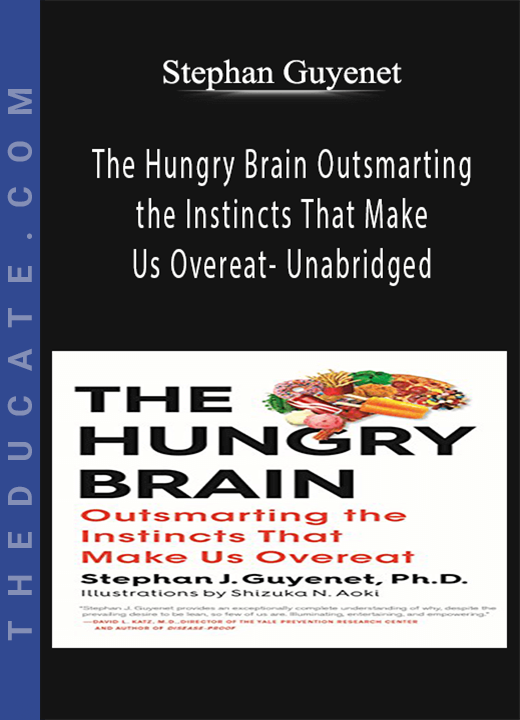
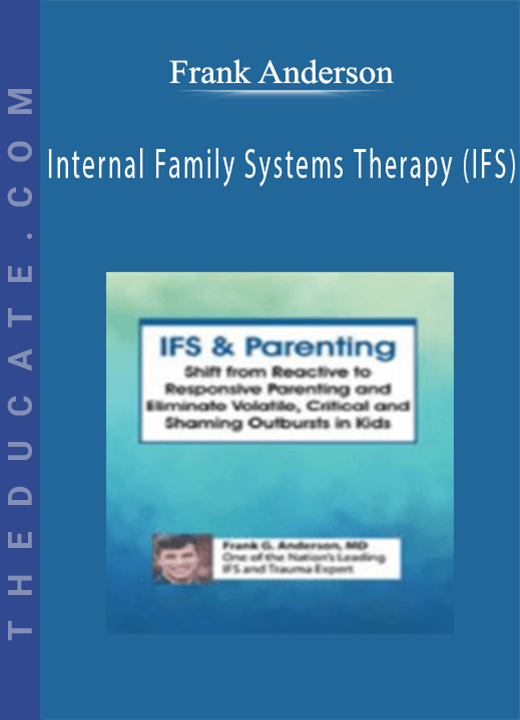
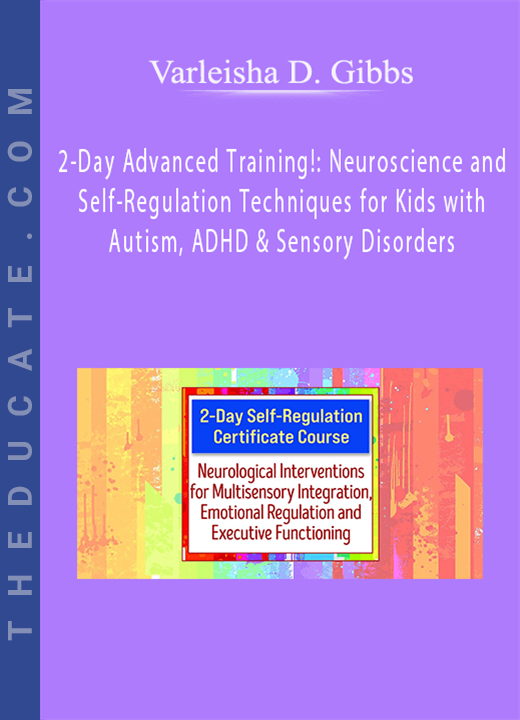
5 reviews for Adverse Experiences: A Structured Approach for More Effective Assessment, Treatment Planning and Interventions for Trauma Based on the ACEs Study – Daniel Mitchell
There are no reviews yet.